Are you looking for the ultimate guide to eSIM?
In this article, we will explore the advantages and disadvantages of eSIM, how it differs from traditional SIM cards, the devices that support eSIM, how to use it, and answer frequently asked questions.
Especially when traveling, using eSIM can make communication much more convenient, so let's take a closer look at why!
What is eSIM?
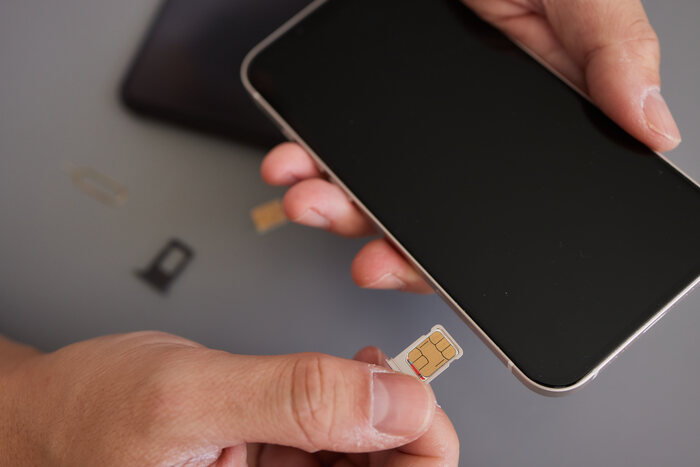
eSIM stands for Embedded Subscriber Identity Module. Unlike traditional plastic SIM cards, eSIM is built directly into smartphones or smartwatches.
It allows you to activate carrier services without needing a physical SIM card, making it easy to manage your data plans.
The biggest feature of eSIM is that it is digitally embedded in the device, allowing you to set up and switch between multiple carriers and plans without the need to insert or replace a SIM card.
Comparison of eSIM and Traditional SIM Cards
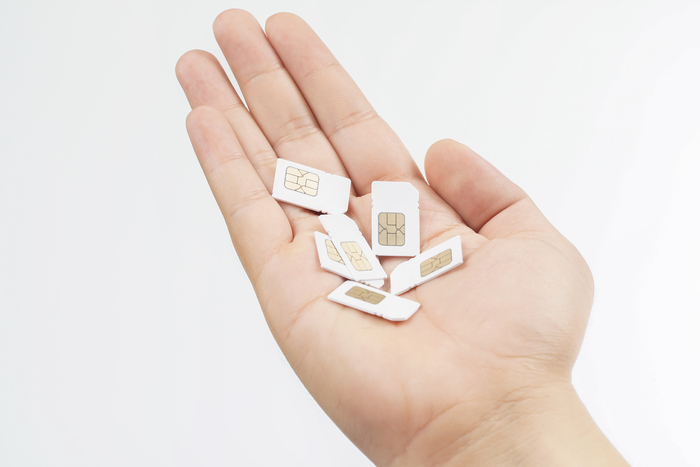
Both eSIM and traditional SIM cards are essential for network connectivity, but they differ in usage and functionality.
- Physical Form: Traditional SIM cards are plastic cards that must be inserted into a device tray, whereas eSIM is embedded in the device, eliminating the need for physical card replacements.
- Convenience of Switching and Setup: Traditional SIM cards require a physical card for replacement, but eSIM allows you to quickly add various carrier profiles through simple setup methods like scanning a QR code.
- Convenience While Traveling: With eSIM, you can easily add local carrier profiles to use while abroad, making it more convenient than traditional SIM cards, which may require replacement.
- Security: eSIM enhances security by allowing you to deactivate digital profiles in case of theft or loss, while traditional SIM cards require a separate issuance process if lost.
Advantages and Disadvantages of eSIM
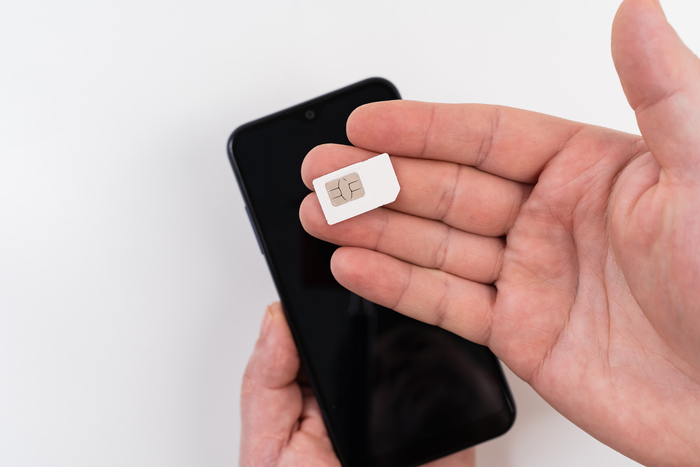
Advantages
- Convenience: No need to insert or replace SIM cards, and you can easily change plans through settings.
- Useful for Traveling: You can add local eSIM plans and use data right away while traveling.
- Dual SIM Support: When using eSIM alongside a traditional SIM, you can utilize two numbers simultaneously.
- Environmentally Friendly: eSIM eliminates the need for plastic SIM cards, making it more eco-friendly.
Disadvantages
- Limited Device Support: Not all devices support eSIM, and some carriers may have limitations.
- Slight Setup Complexity: The initial setup may feel more complicated compared to traditional SIMs.
- Compatibility Limitations: eSIM use may be restricted by certain carriers or countries.
Devices Supporting eSIM
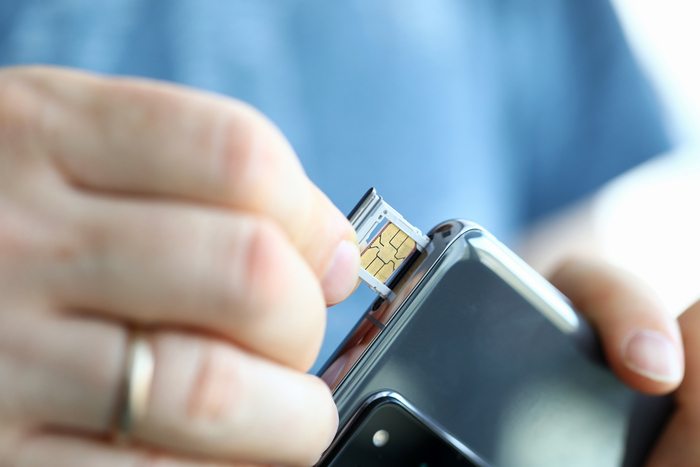
eSIM is primarily supported on the latest smartphones, tablets, and smartwatches. Key devices include.
- Apple: iPhone XR and later models, Apple Watch Series 3 and later models, iPad Pro 3rd generation and later models
- Samsung: Galaxy S20 and later models, Galaxy Z Flip, Galaxy Watch
- Google: Pixel 3 and later models
- Others: Various wearable devices and some laptops
How to Use eSIM
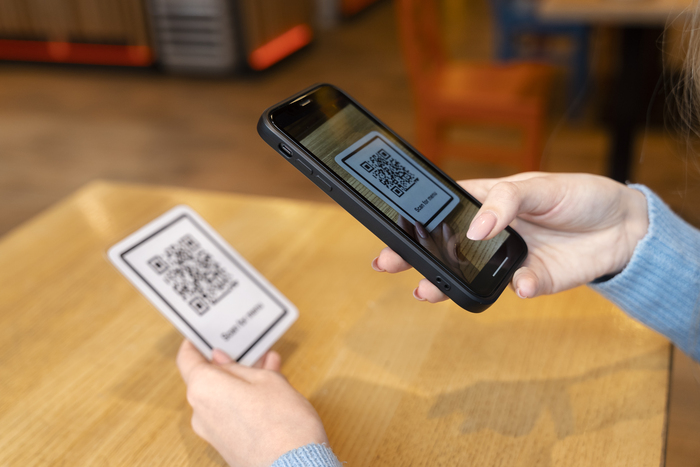
1. Check eSIM
Support Look for the eSIM option in the 'Cellular' or 'Network' section of your device settings.
2. Obtain eSIM Profile from Carrier
Apply for an eSIM plan from your carrier and receive a profile in QR code format, which you will scan to install.
3. Install and Activate eSIM Profile
Scan the QR code or enter the provided code in your device settings to activate the eSIM.
4.Set Up Dual SIM
Configure the eSIM as your primary or secondary number, allowing you to set default data and call priorities if using both physical SIM and eSIM simultaneously.
Frequently Asked Questions
Question 1. Can I use eSIM immediately while abroad?
Yes, once you install the eSIM and activate a local plan for the desired country, you can use it right away. This means you can connect to data as soon as you arrive, allowing for quick internet access while traveling.
Question 2. How can I check if my smartphone supports eSIM?
Most modern smartphones support eSIM. Check the settings menu for eSIM options or refer to your device manual for more information.
Question 3. Where can I find information on local plans?
You can check the websites or apps of eSIM providers for data packages and plans available in different countries.
Question 4. What should I do if my data connection does not work after installing eSIM?
Make sure the eSIM profile is activated in settings, then reboot your device, or contact your eSIM provider for assistance.
eSIM is a new communication technology that offers convenience for both travelers and everyday users. It allows for easier communication without the need for physical SIM cards, especially during international travel, where you can easily access local networks.
If you've learned about the basic concepts, advantages, usage, and frequently asked questions regarding eSIM through this guide, it's time to start using eSIM.
Enjoy smart communication without worrying about SIM cards. Experience new adventures with eSIM! And don’t forget to apply for K-ETA when you visit Korea!